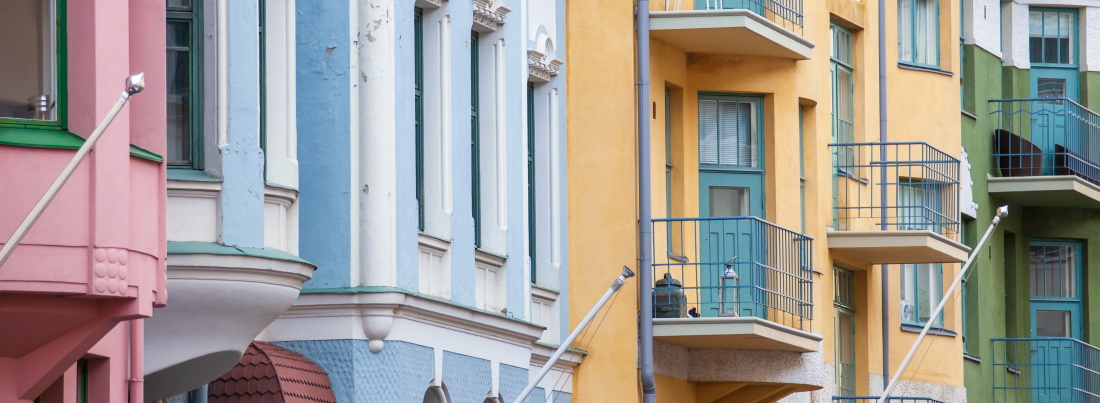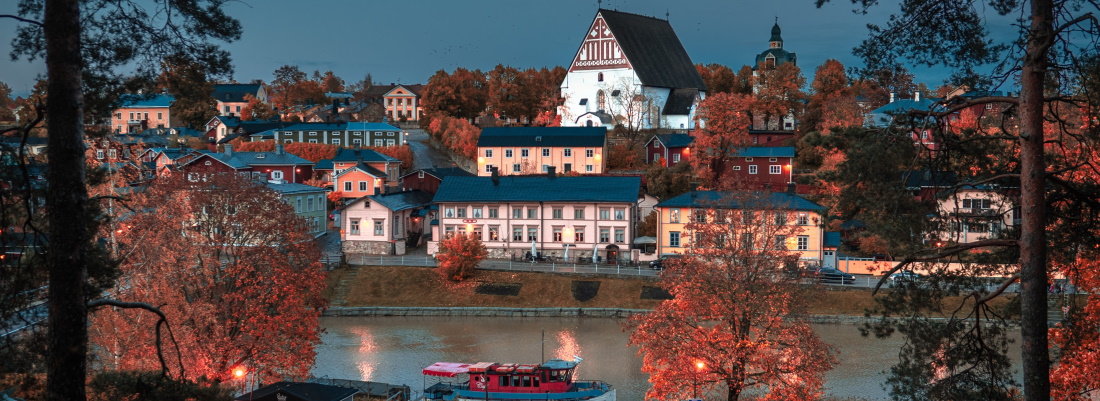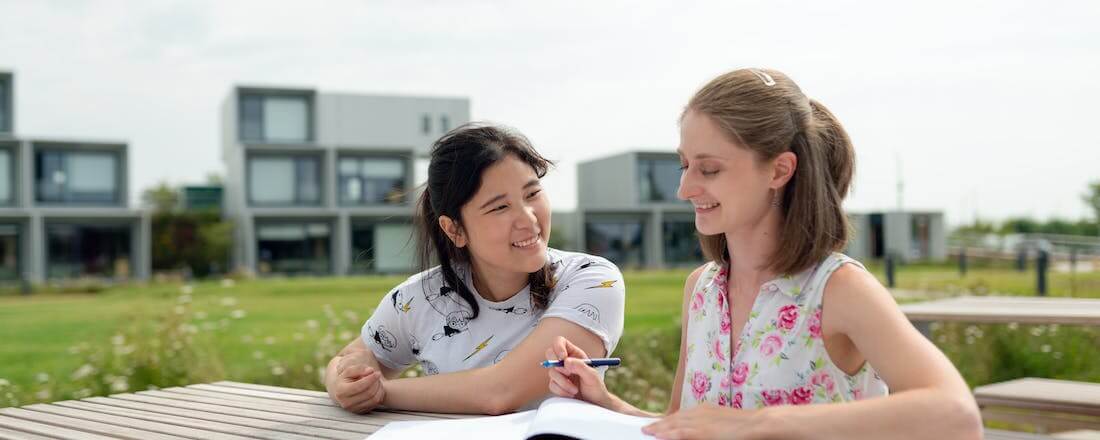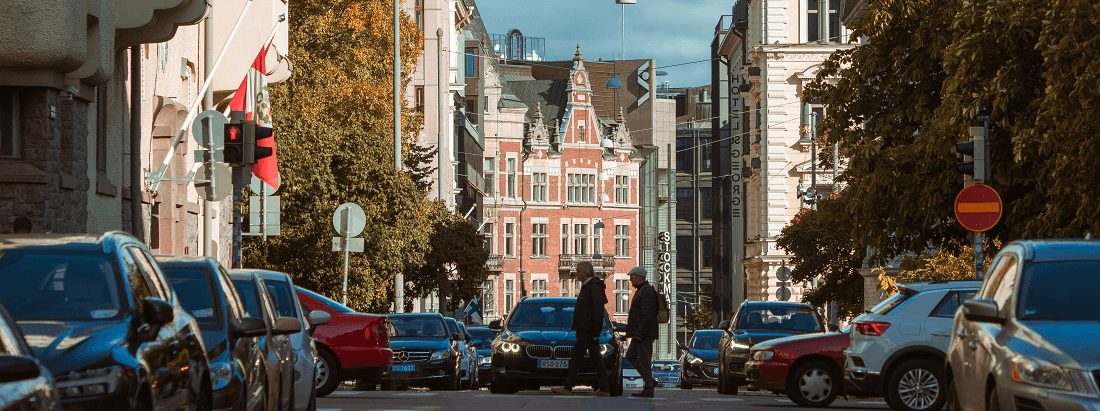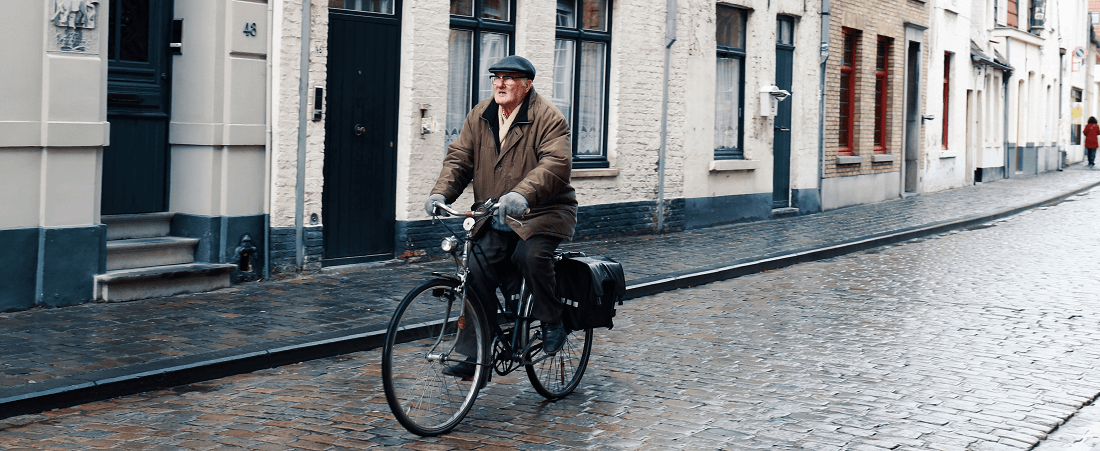Most expats choose to rent rather than buy accommodation in Finland – it’s the simple option, particularly for those staying short term. Employers usually assist and guide expats in finding a place to live, and if not, the services of an estate agent are helpful, especially as Helsinki’s rental housing market is quite competitive.
Helsinki, being Finland’s capital city, is a hub of economic and social activity, which is attractive to foreigners looking to study or find work. This appeal has made the housing market increasingly competitive and therefore pricey, adding to the already high cost of living.
Areas and suburbs in Helsinki
With eight major districts and 34 subdistricts, Helsinki offers expats many different areas and suburbs to find a home in. As a city that is known for innovation, stunning architecture and the arts, Helsinki’s neighbourhoods are distinct. Most expats will not need to worry about access to key amenities, as the city is largely walkable and boasts an excellent public transport infrastructure.
The eastern parts of Helsinki are the most popular among young people living in the city. Here, expats can find post-war apartments and beautiful homes located around protected forests. Some of the popular neighbourhoods in eastern Helsinki include Herttoniemi, Kontula and Itäkeskus. Other trendy and vibrant neighbourhoods for expats to explore in Helsinki are the revitalised Kallio and Töölö.
Families and young professionals looking for quieter areas in Helsinki are also well-catered for in the city. Most of the housing in Helsinki’s city centre is in the form of apartments, so expats looking for single-family homes will likely need to move to the outskirts of the city. Some of the most family-friendly areas in Helsinki include Eira and Vikki.
For expats on a budget, accommodation in surrounding neighbourhoods and even nearby cities such as Vantaa and Espoo can be more suitable. Although these areas are not in the city centre, they have an interesting mix of young international students, working professionals and entrepreneurs. Families with children should also factor in how far the accommodation is located from schools and how easy it is to get around.
See Areas and Suburbs in Helsinki to learn more about the city’s neighbourhoods.
Types of accommodation in Helsinki
Accommodation in Helsinki’s centre usually comes in the form of apartments. Freestanding houses are hard to find in the city, and those who want a larger family home with a garden will need to look for it on the outskirts and consequently tackle a long commute to work each day.
Expats should be able to find a range of furnished and unfurnished accommodation in the city. Furnished accommodation may be harder to find and is generally more costly, but it usually contains everything a new arrival will need to feel comfortable.
New arrivals often perceive renting in Finland to be quite different from their home country. Basic items such as light fittings, carpets and curtains aren’t necessarily included in all rental properties, but amenities such as a fridge and washing machine might be.
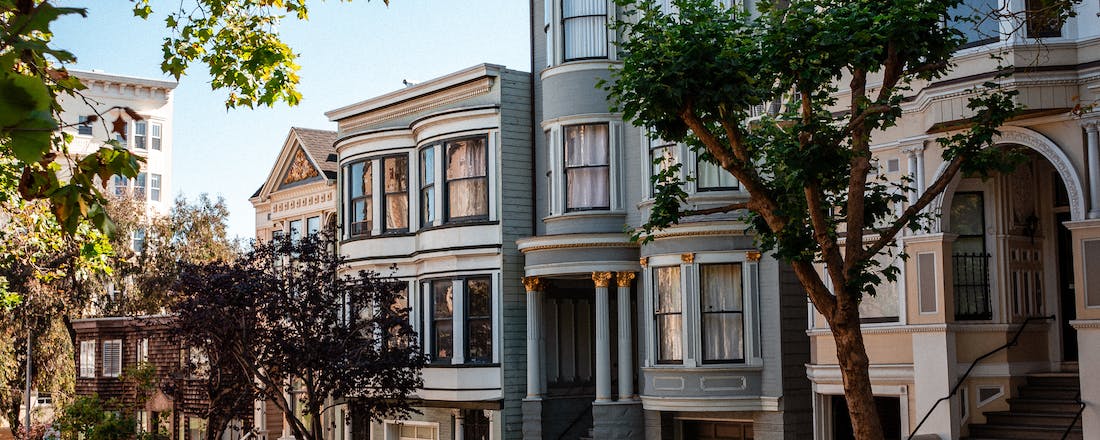
Municipal vs private rental accommodation
Finnish municipalities own apartments for rent, and this is managed by The Housing Finance and Development Centre of Finland (ARA). Expats can apply for housing on the ARA website.
While privately owned flats can be found more quickly, they are pricier. Expats looking for more affordable rents can look for municipal or state-subsided housing if they have citizenship or a residence permit. The catch is that the waiting lists are long, so it’s advised to start planning long in advance or to look into areas outside of Helsinki, such as Espoo and Vantaa.
Useful links
- Expats can find more information on municipal housing from the City of Helsinki and ARA websites.
Finding accommodation in Helsinki
A good place to begin searching for a home is on established online property portals. Vuokraovi, Forenom, Kodisto and HousingAnywhere are useful portals that are accessible in English. Expats can also post their own adverts looking for accommodation.
The classifieds sections in local newspapers are good sources of information. While estate agents in Helsinki will quickly be able to find a property that meets an individual’s needs, their fees are high compared to international standards.
Occupancy rates for apartments in Helsinki are high, and nice rental properties are snapped up quickly. Speaking to friends and colleagues can be useful, as many apartments are rented out through word of mouth before being advertised in newspapers or through estate agencies.
Useful links
Renting accommodation in Helsinki
Once expats find a suitable property in Helsinki, they need to act fast to secure it. It’s important to fully understand what is included in the rental agreement and check with the landlord regarding how furnished the accommodation is before signing a lease. Most leases last a year, but Finland has two main types of tenancy agreements, one being on a fixed term and the other being more flexible.
Leases, costs and fees
Tenants can sign a fixed-term lease agreement to reside in an apartment until an agreed-upon date decided by them and the landlord. Fixed-term leases (määräaikainen vuokrasopimus) are useful for expats who know how long they are due to stay in the area and how long they wish to reside in that property. If expats decide to extend their stay, they must agree with the landlord and sign a new lease.
For a more flexible and open-ended alternative, expats can sign a lease valid until further notice (toistaiseksi voimassa oleva vuokrasopimus). For new arrivals who don’t know how long they will stay, this option is attractive as they can end or extend their stay as required. The downside is that landlords may want to end the lease before tenants do, so it’s recommended to agree on a notice period when signing this lease.
Tenants are expected to put down between one and three months’ rent as a security deposit. The cost of any damages to the property will be deducted from this when the contract is terminated.
Utilities
Some dwellings may have a laundry room, a parking space and a sauna – which new arrivals will learn is far from unusual in Finland. A fee may be charged for these facilities, but this can be discussed with the landlord. Some utilities, such as water, may be included as part of the monthly rental fee, so expats will likely not have to worry about this.

Water
HSY supplies and treats the water in Helsinki. Water is often included in monthly rental costs, although dwellings may have a water meter, and if excessive amounts of water are used, this becomes an additional cost.
Electricity
Finland operates a deregulated electricity market, allowing residents to choose electricity suppliers. Tenants are usually expected to pay for their electricity and sign a contract with an electricity provider themselves. Landlords can give them information on this, and prices between companies can be compared.
Gas
As most apartments in Helsinki have centralised heating systems, heating is generally included in the rent. Sometimes, if it is oil or electricity-based heating, it is an additional expense. Most households in Helsinki use district heating, which means the heat is generated in plants and then distributed across households in each district. In detached houses, heating is generally paid for by the tenant.
Bins and recycling
The HSY oversees waste management in Helsinki and encourages sorting waste at home. Most apartment and commercial buildings will provide sorting containers for biowaste, paper, carton, glass, metal, plastic and mixed waste.
For hazardous materials and tech waste, expats will likely need to drop these off at designated recycling stations across the city. Supermarkets in Finland usually offer a bottle return machine, allowing residents to reduce their waste and earn some money back.
Internet
Phone lines and internet connections are also rarely included in the rent. The most popular internet service providers in Helsinki are Elisa, Telia and DNA. These companies typically offer combined packages for cellphone and home internet connections, making it fairly easy to get connected in Finland. As satellite TV is not popular in Finland, expats will likely have to rely on streaming services to access television shows from back home.
Useful links
- New arrivals to Helsinki looking to set up their electricity connections can visit Sähkösopimukset to compare electricity contracts.
- HSY has more information on water services and connections in the city.
- Expats can check out the HSY’s waste guide for comprehensive information on sorting and recycling waste.
- For more on internet service providers, check out Elisa, DNA and Telia.


